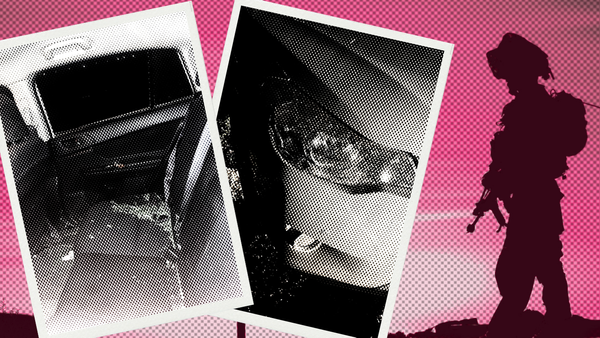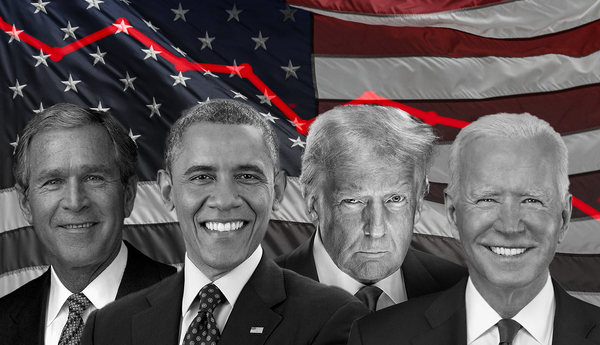In March, just as COVID-19 panic started to spread worldwide, I began tracking critical Canadian media coverage of China’s handling of the pandemic.
I focused exclusively on opinion articles and videos, as well as editorials, with the goal of creating an up-to-date list of content. In order to be included in my list, these articles or videos would need to focus on critiquing China for how it has handled COVID-19 (a throwaway line or two wouldn’t be enough for inclusion) and be published at the Toronto Star, the Toronto Sun, the Globe and Mail, the National Post, or the Ottawa Citizen. I only counted articles published in multiple places once. My list is publicly available to view.
In early April, I wrote an article for Passage titled “Don’t Blame China For Your Government’s COVID-19 Failures.” I used my analysis of articles in the list to lay out the most common elements of the anti-China narrative, and then respond to each of them.
The three main elements of the narrative at the time were: China imprisoned a whistleblower; China didn’t act fast enough; China bears responsibility for the crisis globally. Each of these elements were and are false, and the goal of my article was to show that our governments, not China, were to blame for the damage COVID-19 has caused within our countries.
A lot has changed globally since then, so here’s an update both on how China has since performed, and what the media coverage of the country within Canada has looked like.
Columnists often claimed that China didn’t act fast enough to contain the pandemic, and attributed deaths outside of the country to the Chinese government. To see if this holds up, it makes sense to compare how China has done with neighbouring countries and others. These stats are taken as of August 10.
| Country | Total Deaths | Deaths Per 1M People |
| China | 4,634 | 3 |
| Taiwan | 7 | 0.3 |
| Vietnam | 13 | 0.1 |
| South Korea | 305 | 6 |
| Canada | 8,981 | 238 |
| United States | 165,619 | 500 |
| United Kingdom | 46,574 | 686 |
If China didn’t act fast enough, its neighbours likely would be suffering the worst due to high traffic between these countries. Yet Taiwan, Vietnam and South Korea have all fared incredibly well, due almost entirely to how their governments responded to the threat.
Meanwhile, the Western countries in the table, which had more time to prepare for what was coming, have done substantially worse. Again, this is largely due to what their governments’ did upon learning of the threat. From this, it’s clear that, as I wrote in April, “China’s initial handling of COVID-19 didn’t doom other nations to the fates we’ve seen in the West.”
The argument I made in April holds up. But what about media figures that demonized China at the time? How have they reacted?
To be incredibly charitable, I can say that when I wrote (not published) my article, the situation outside of China (with a few notable exceptions) hadn’t gotten as bad as it would shortly after. So, even though the anti-China narrative was easily debunkable at the time, I’ll pretend columnists’ concerns were somewhat understandable. Since then, however, it has become incredibly clear to anyone who cares enough to look that none of that narrative holds up. Unfortunately, a significant chunk of Canadian opinion writers have not changed their minds.
The graph below shows the cumulative number of anti-China articles over two week periods from the first appearance of an article in January to Saturday. It’s worth noting that on March 31, April 4 and May 9, the U.S., the U.K. and Canada respectively passed China’s death toll.
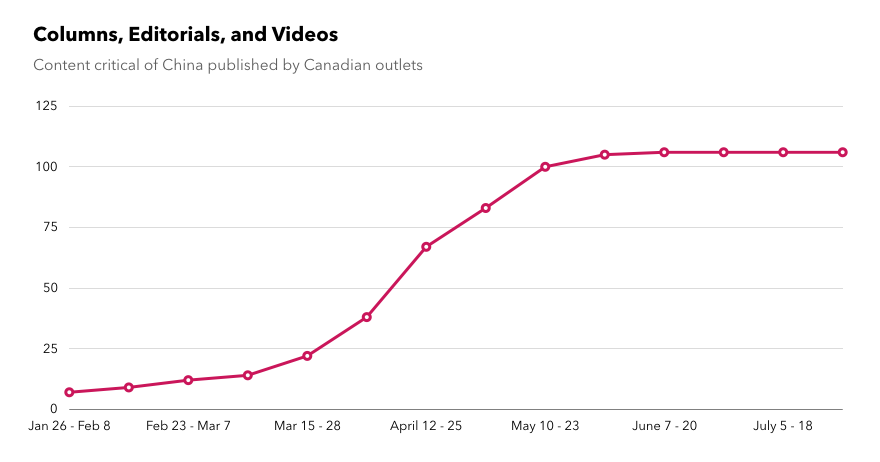
Toward the end of March, just as it was becoming obvious that China’s COVID-19 response, despite some flaws, was impressive, the amount of anti-China articles ramped up. Looking at a bar chart of new anti-China articles over this period makes this even clearer.
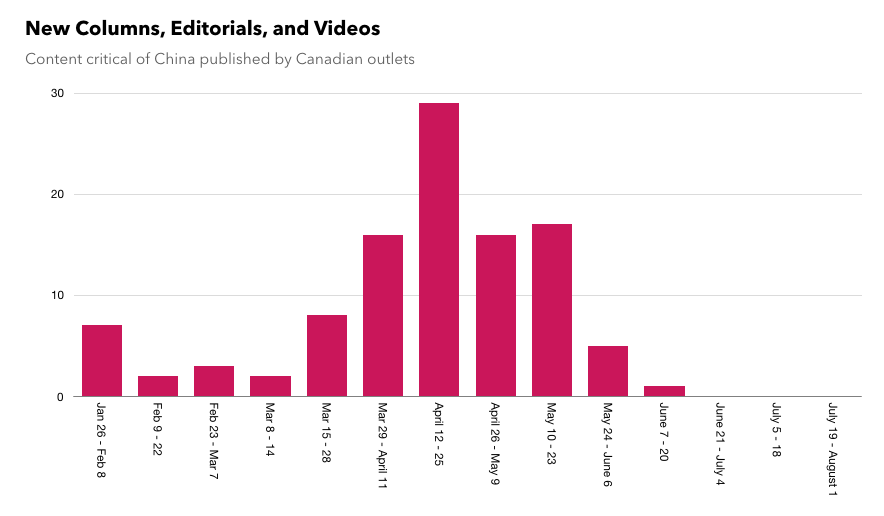
I’ve read every single one of the 106 articles included in the graphs above. Based on that, and keeping track of COVID-19 news in general, I can state that the mid-April spike in anti-China articles was not due to any sort of new proof of the government’s incompetence. Instead, the situation within Canada was just getting much worse, and so everyone was looking for someone to blame, including these columnists. They picked China as the primarily culprit.
As I noted in my last article, “Those who aren’t in power, such as rightwing journalists, realize their neoliberal ideology is unequipped to deal with the pandemic, and therefore is under attack. They won’t abandon their views, so they have to shift blame to an outside country with an ideology that is different in the right way. Attacking China clearly serves this purpose, and offers a chance for anti-communism, which, as [Michael] Parenti notes, people have been primed to hate for more than a century.”
This is further evidenced by looking at the source breakdown of these articles. The anti-China narrative on COVID-19 definitely enjoys a wide range of ideological support, but those on the right have been the most rabid proponents due to the reasons mentioned above.
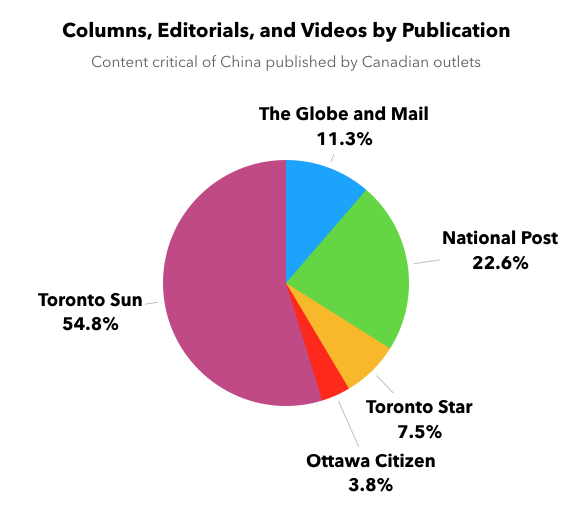
Together, the Toronto Sun and National Post, both staunchly right wing, account for more than 75 per cent of the total articles. The five most frequent authors of these screeds are also on the ideological right.
| Name | Publication(s) | Articles |
| Brian Lilley | Toronto Sun | 14 |
| Lorrie Goldstein | Toronto Sun | 10 |
| Terry Glavin | Postmedia | 9 |
| Anthony Furey | Toronto Sun | 5 |
| Mark Bonokoski | Toronto Sun | 5 |
Moreover, in the nearly three months after Canada passed China for COVID-19 related deaths — we now have almost double — just 16 more anti-China articles were published. For comparison, 29 were published from April 12 to 25 alone. This is primarily because it’s nearly impossible now to blame China without sounding like a complete crank.
In Canada, for example, more than 80 per cent of COVID-19 deaths have been in retirement homes, as tracked by Passage columnist Nora Loreto. China can’t be blamed for these deaths. (This is not to say these columnists have stopped writing about China, as they largely pivoted to focusing on Hong Kong again.)
East Asians in Canada have been increasingly targeted in hate crimes throughout this pandemic. In mid-March, South Korea’s consulate in Montreal warned Koreans to be careful. In May, a poll found that 24 per cent of East or South Asians said they’d been targeted by racist verbal harassment since the beginning of the pandemic. In July, national data found that 30 per cent of Chinese, and 27 per cent of South Korean, people in Canada reported an increase in racial harassment. There has also been a general rise in violent hate crimes, which are being tracked by researchers.
In an honest media landscape, these columnists would publish at least one article admitting they were wrong about China. Yet that hasn’t happened. As such, Canadians who have relied entirely on these newspapers for COVID-19 coverage would be widely misled about who was to blame, and who has fared well. And, as they always do, the columnists will be free to move on without acknowledging their errors, attempting to correct them or owning up to the damage they may have caused. The least we can do is not forget.
COVID-19 has been a disaster in Canada. When we get out of it, some people and institutions will definitely need to be held to account and put on trial. Canadian columnists have done us all a misservice by attempting to take our anger and direct it outwards instead of where it should be: our ruling class.





